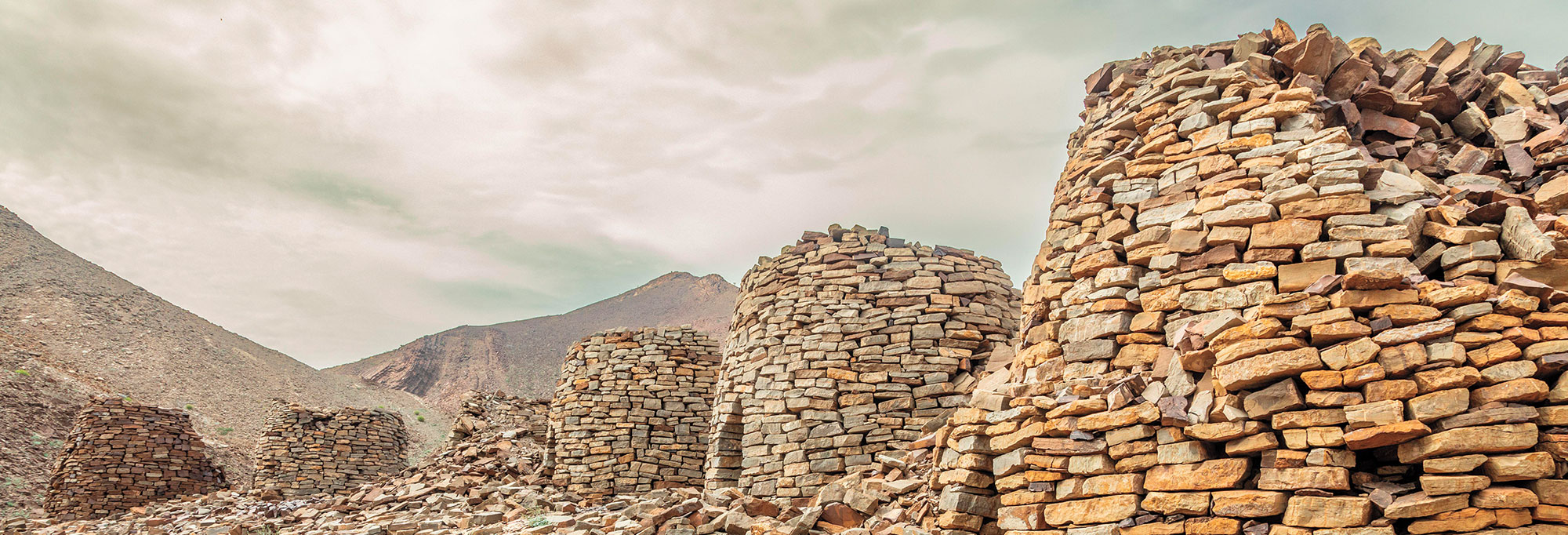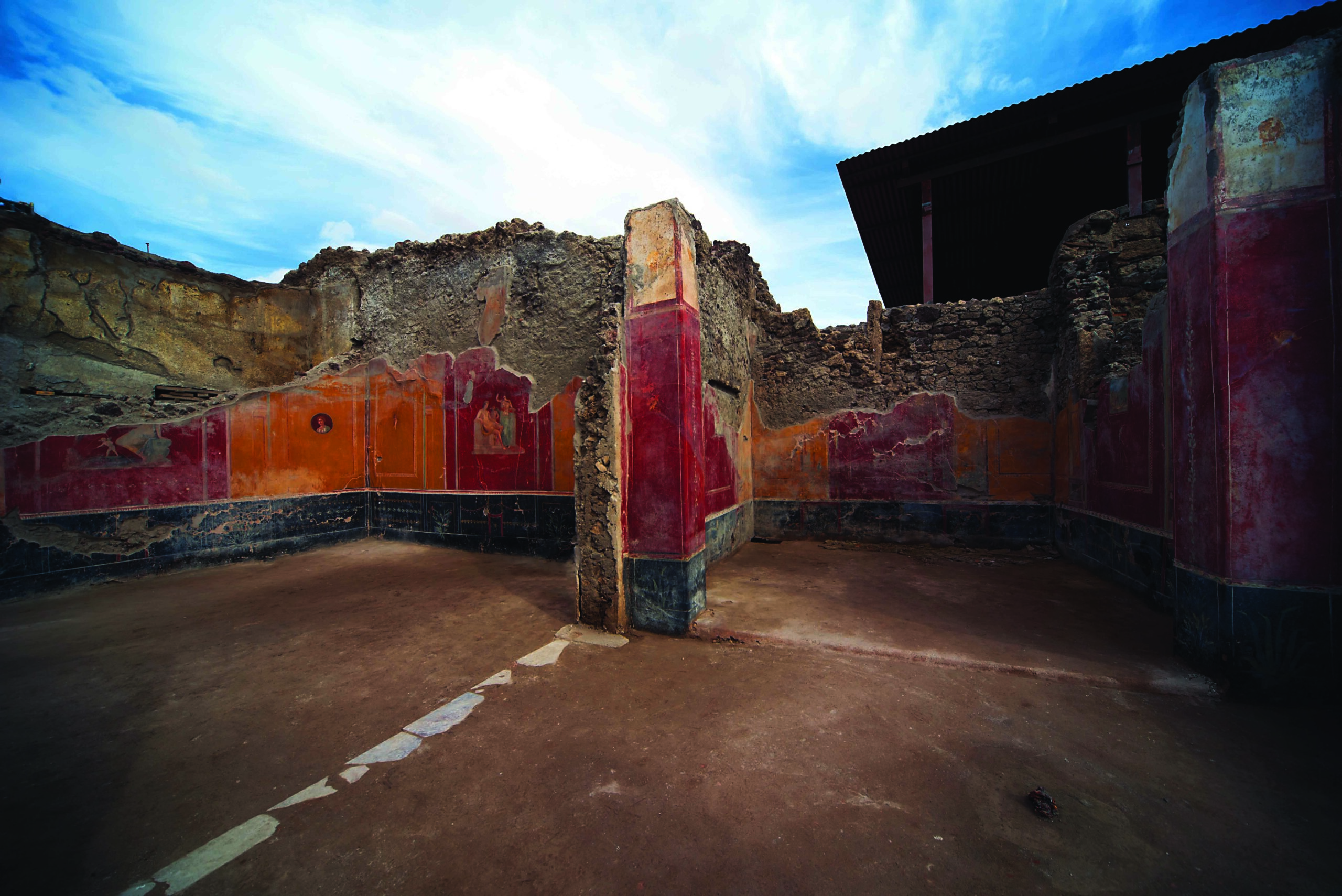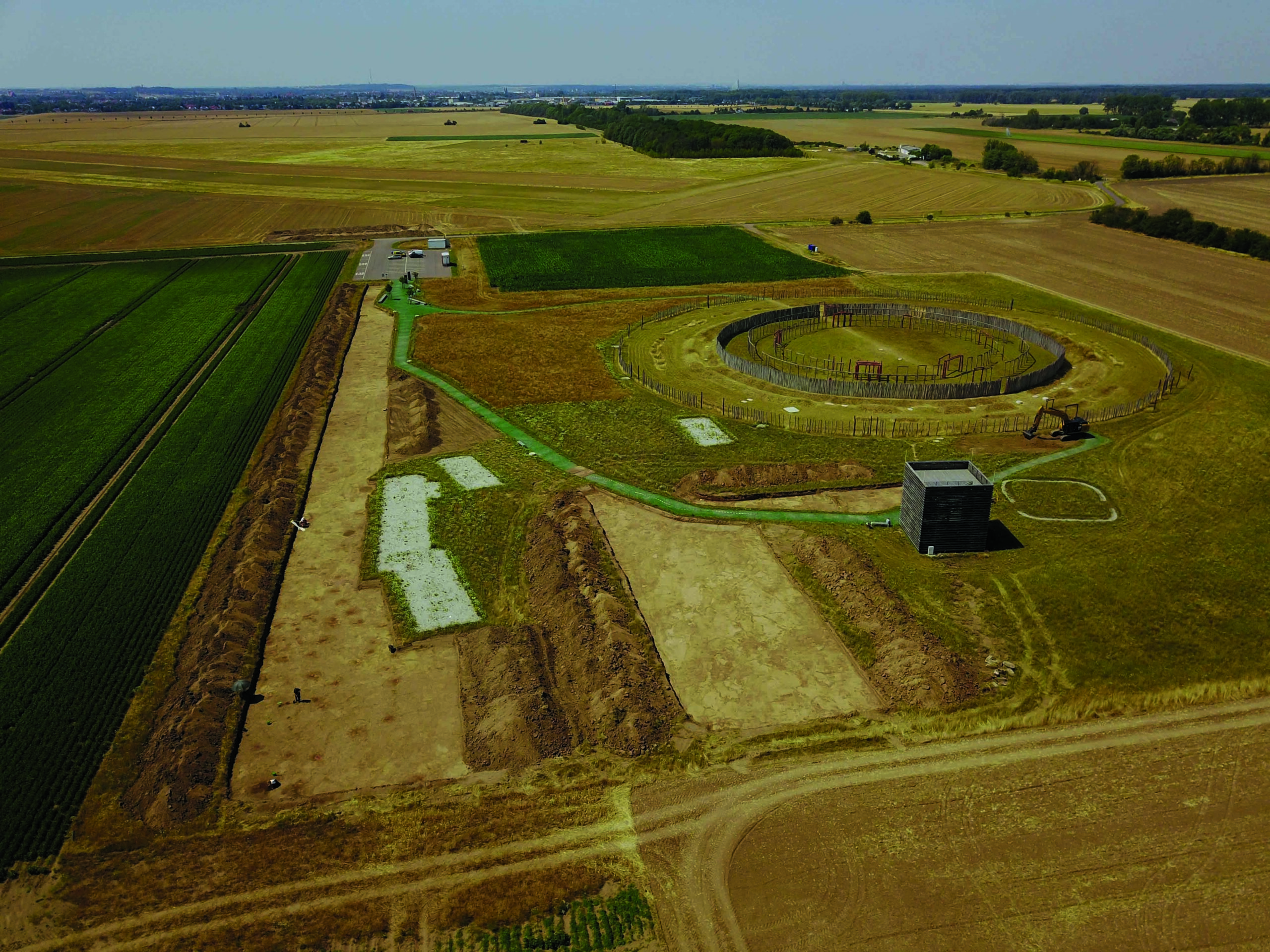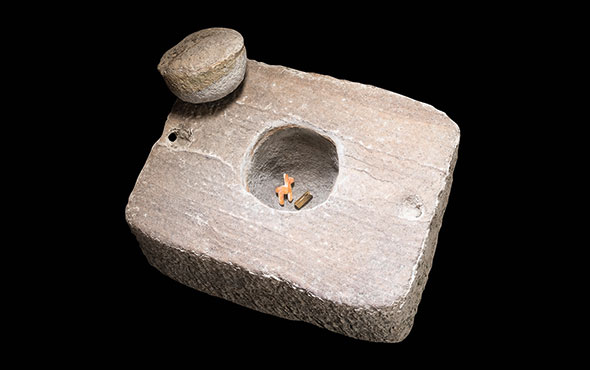
GENEVA, SWITZERLAND—According to a statement released by the University of Geneva, a team of scientists led by Alessandra Varalli of Spain’s Pompeu Fabra University has analyzed the biochemical composition of plant remains and the collagen in human and animal bones discovered at Bronze Age sites in western Switzerland and southeastern France. The study suggests that between 2200 and 800 B.C., the people of the region ate mostly plants and land animals, despite the presence of nearby lakes and rivers. The amount of nitrogen in the plant remains indicates that the use of manure as a crop fertilizer became widespread. At the beginning of the Bronze Age, people ate more barley and wheat, but the production of millet, which was introduced from Asia, became more common from 1300 to 800 B.C., perhaps in response to drought during the period. A possible boost in the food supply could be reflected in the population increase of the Late Bronze Age. Finally, the researchers found no differences in the amount of meat or dairy products consumed by men, women, and children. Read the original scholarly article about this research in PLOS ONE. To read about a cult site uncovered in central France that was in use through the Bronze Age, go to "Megalithic Mystery."










